2021 Vol. 2, No. 2
Published. 2021, 2(2)
: 103-119
doi: 10.37188/lam.2021.006
Future quantum technology relies crucially on building quantum networks with high fidelity. To achieve this challenging goal, it is of utmost importance to connect individual quantum systems such that their emitted single photons overlap with the highest possible degree of coherence. This requires perfect mode overlap of the emitted light from different emitters, which necessitates the use of single-mode fibres. Here, we present an advanced manufacturing approach to accomplish this task. We combined 3D printed complex micro-optics, such as hemispherical and Weierstrass solid immersion lenses, as well as total internal reflection solid immersion lenses, on top of individual indium arsenide quantum dots with 3D printed optics on single-mode fibres and compared their key features. We observed a systematic increase in the collection efficiency under variations of the lens geometry from roughly 2 for hemispheric solid immersion lenses up to a maximum of greater than 9 for the total internal reflection geometry. Furthermore, the temperature-induced stress was estimated for these particular lens dimensions and results to be approximately 5 meV. Interestingly, the use of solid immersion lenses further increased the localisation accuracy of the emitters to less than 1 nm when acquiring micro-photoluminescence maps. Furthermore, we show that the single-photon character of the source is preserved after device fabrication, reaching a \begin{document}$ g^{(2)} (0)$\end{document} ![]()
![]()
Published. 2021, 2(2)
: 120-135
doi: 10.37188/lam.2021.009
Virtual instruments provide task-specific uncertainty evaluation in surface and dimensional metrology. We demonstrate the first virtual coherence scanning interferometer that can accurately predict the results from measurements of surfaces with complex topography using a specific real instrument. The virtual instrument is powered by physical models derived from first principles, including surface-scattering models, three-dimensional imaging theory, and error-generation models. By incorporating the influences of various error sources directly into the interferogram before reconstructing the surface, the virtual instrument works in the same manner as a real instrument. To enhance the fidelity of the virtual measurement, the experimentally determined three-dimensional transfer function of a specific instrument configuration is used to characterise the virtual instrument. Finally, we demonstrate the experimental validation of the virtual instrument, followed by virtual measurements and error predictions for several typical surfaces that are within the validity regime of the physical models.
Published. 2021, 2(2)
: 136-147
doi: 10.37188/lam.2021.016
In this study, the effect of triple-cycling heat treatment on the microstructure, phase, and compression behaviour of directed energy deposited (DED) Ti-7Mo alloy was investigated with a focus on a non-equilibrium to equilibrium microstructure transition. As a result of thermal accumulation, in situ cycling, and rapid solidification, the as-deposited sample presents a continuous gradient microstructure with α-Ti in the top region and α+β in the bottom region. After the triple-cycling heat treatment, the α+β Ti at the bottom region, which is non-equilibrium, changes to a state of equilibrium near α-Ti. Meanwhile, the microstructure becomes more uniform throughout the entire sample. The morphology of the α-Ti phase changes from acicular to a short rode-like shape with increases in the number of dimensions. In terms of the mechanical properties, both the microhardness and compression properties were improved, particularly with respect to the fracture characteristics. The heat-treated sample possesses a much higher ductility than the brittle fractural behaviour. This work provides new insights into the microstructure and property optimisation and homogenisation of DED-processed Ti-based components with cycling heat treatment.
Published. 2021, 2(2)
: 148-172
doi: 10.37188/lam.2021.010
Terahertz (THz) science and technology have attracted significant attention based on their unique applications in non-destructive imaging, communications, spectroscopic detection, and sensing. However, traditional THz devices must be sufficiently thick to realise the desired wave-manipulating functions, which has hindered the development of THz integrated systems and applications. Metasurfaces, which are two-dimensional metamaterials consisting of predesigned meta-atoms, can accurately tailor the amplitudes, phases, and polarisations of electromagnetic waves at subwavelength resolutions, meaning they can provide a flexible platform for designing ultra-compact and high-performance THz components. This review focuses on recent advancements in metasurfaces for the wavefront manipulation of THz waves, including the planar metalens, holograms, arbitrary polarisation control, special beam generation, and active metasurface devices. Such ultra-compact devices with unique functionality make metasurface devices very attractive for applications such as imaging, encryption, information modulation, and THz communications. This progress report aims to highlight some novel approaches for designing ultra-compact THz devices and broaden the applications of metasurfaces in THz science.
Published. 2021, 2(2)
: 173-185
doi: 10.37188/lam.2021.011
Soft and ultra-soft extracellular scaffolds constitute a major fraction of most human internal organs, except for the skeletal system. Modelling these organs in vitro requires a comprehensive understanding of their native scaffolding materials and proper engineering approaches to manufacture tissue architectures with microscale precision. This review focuses on the properties of soft and ultra-soft scaffolds, including their interactions with cells, mechanical properties (e.g. viscoelasticity), and existing microtissue engineering techniques. It also summarises challenges presented by the conflict between the properties of the materials demanded by cell behaviours and the capacities of engineering techniques. It proposes that leveraging the engineering ability of soft and ultra-soft scaffolds will promote therapeutic advances and regenerative medicine.
Published. 2021, 2(2)
: 186-210
doi: 10.37188/lam.2021.013
Surface-enhanced Raman scattering (SERS) techniques have rapidly advanced over the last two decades, permitting multidisciplinary trace analyses and the potential detection of single molecules. This paper provides a comprehensive review of recent progress in strategies for the fabrication of highly sensitive SERS substrates, as a means of achieving sensing on the attomolar scale. The review examines widely used performance criteria, such as enhancement factors. In addition, femtosecond laser-based techniques are discussed as a versatile tool for the fabrication of SERS substrates. Several approaches for enhancing the performance of SERS sensing devices are also introduced, including photo-induced, transient, and liquid-interface assisted strategies. Finally, substrates for real-time sensing and biological applications are also reviewed to demonstrate the powerful analytical capabilities of these methods and the significant progress in SERS research.
Published. 2021, 2(2)
: 211-227
doi: 10.37188/lam.2021.014
Inevitable machine motion errors change the cutting tool trajectory and degrade the machined surface quality. Compared to the mature error measurement technologies developed for traditional precision CNC machine tools, the increasing use of ultra-precision machine tools (UPMTs) has shown some distinctive characteristics in error modelling, measurement, and compensation. This paper attempts to summarise state-of-the-art research in the calibration of geometric errors of UPMTs. A general routine for a UPMT error calibration is proposed in this literature review. Various error modelling methods, instruments, and measurement methods applicable to the geometric error measurement of both the linear and rotary axes are discussed using typical case studies. With respect to these achievements, there is a real concern regarding the reproducibility of measurement sensors used for the calibration of UPMTs and it remains challenging to decompose the volumetric motion error of UPMTs. Owing to the high flexibility in practice, trial cutting and a sensitivity analysis-based error measurement and compensation provide a promising solution to achieve a fast UPMT calibration.


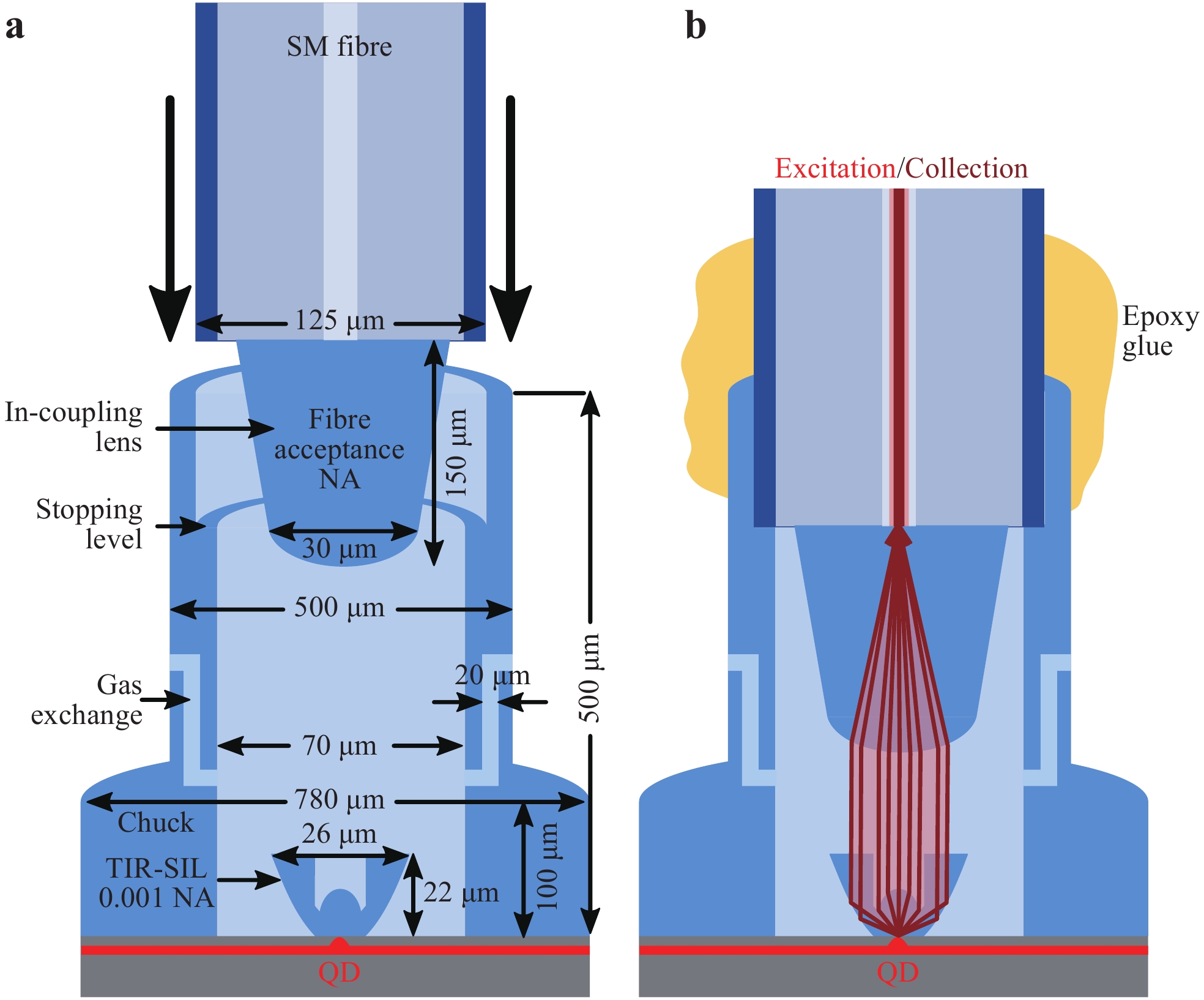
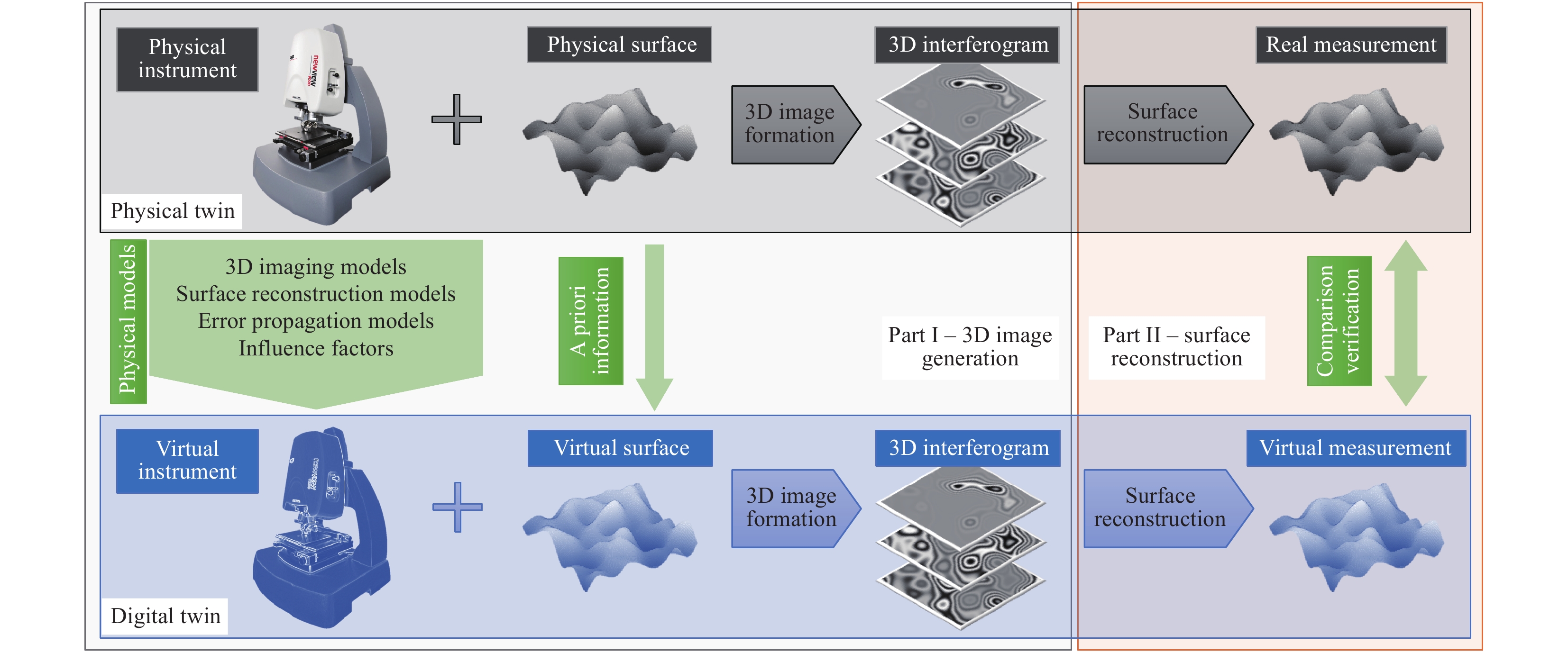
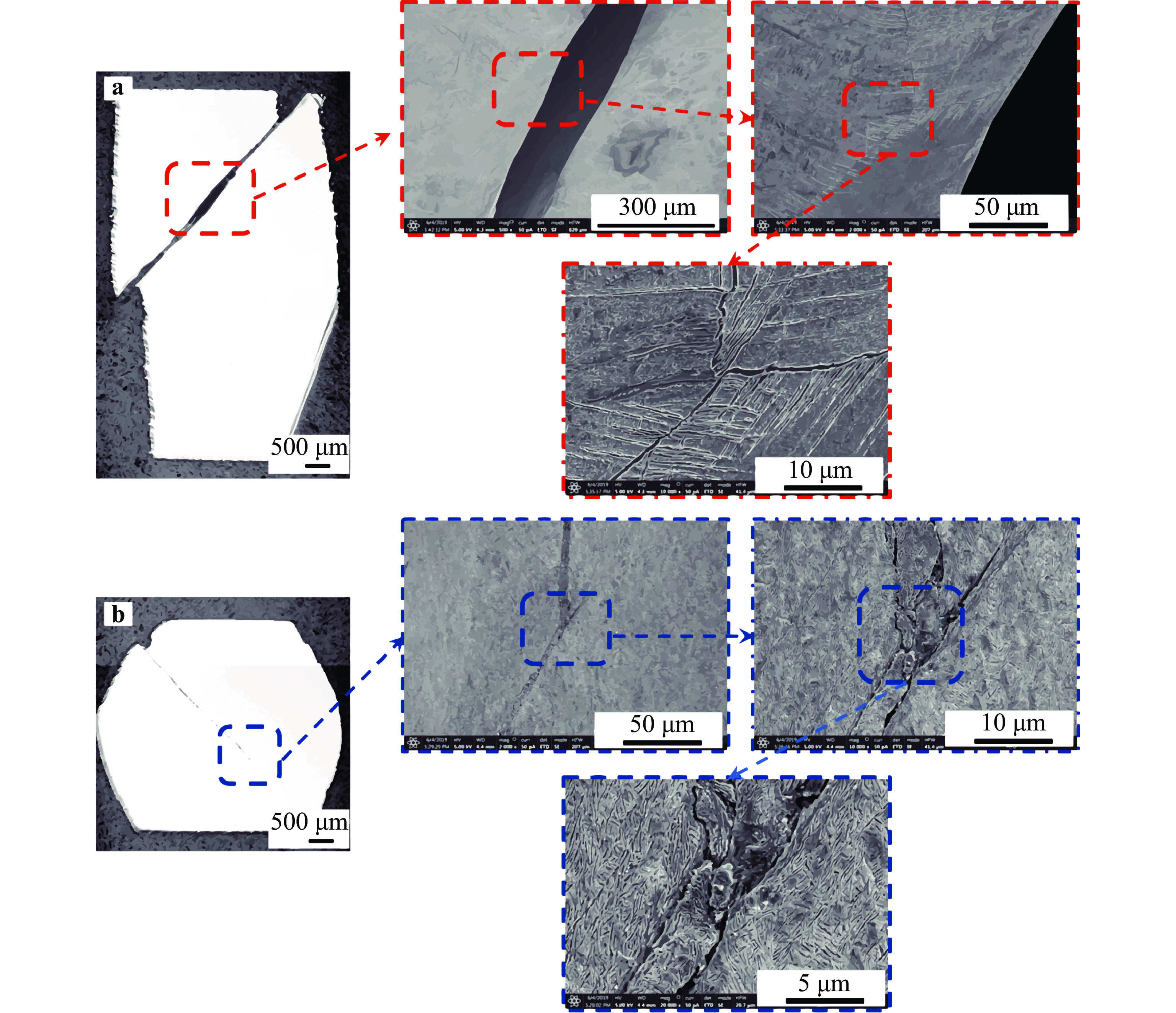
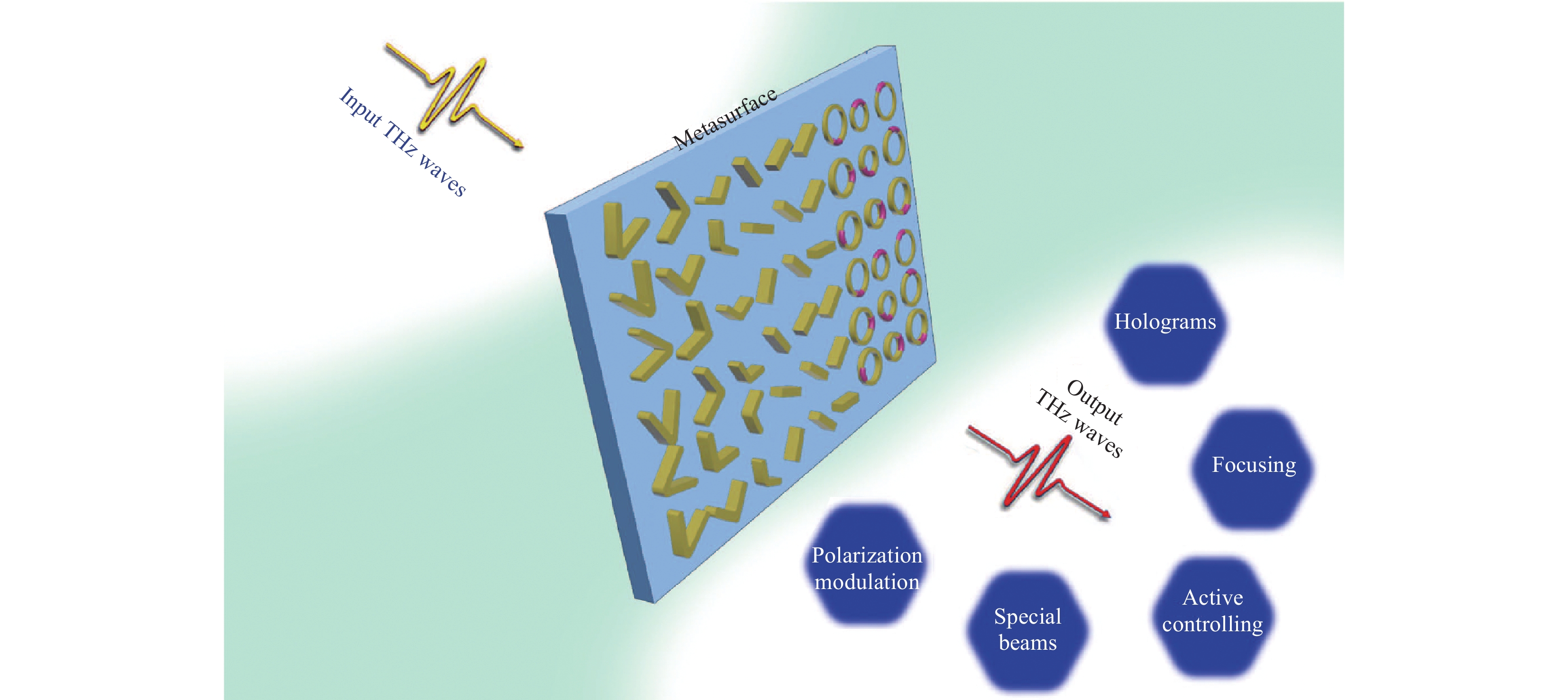
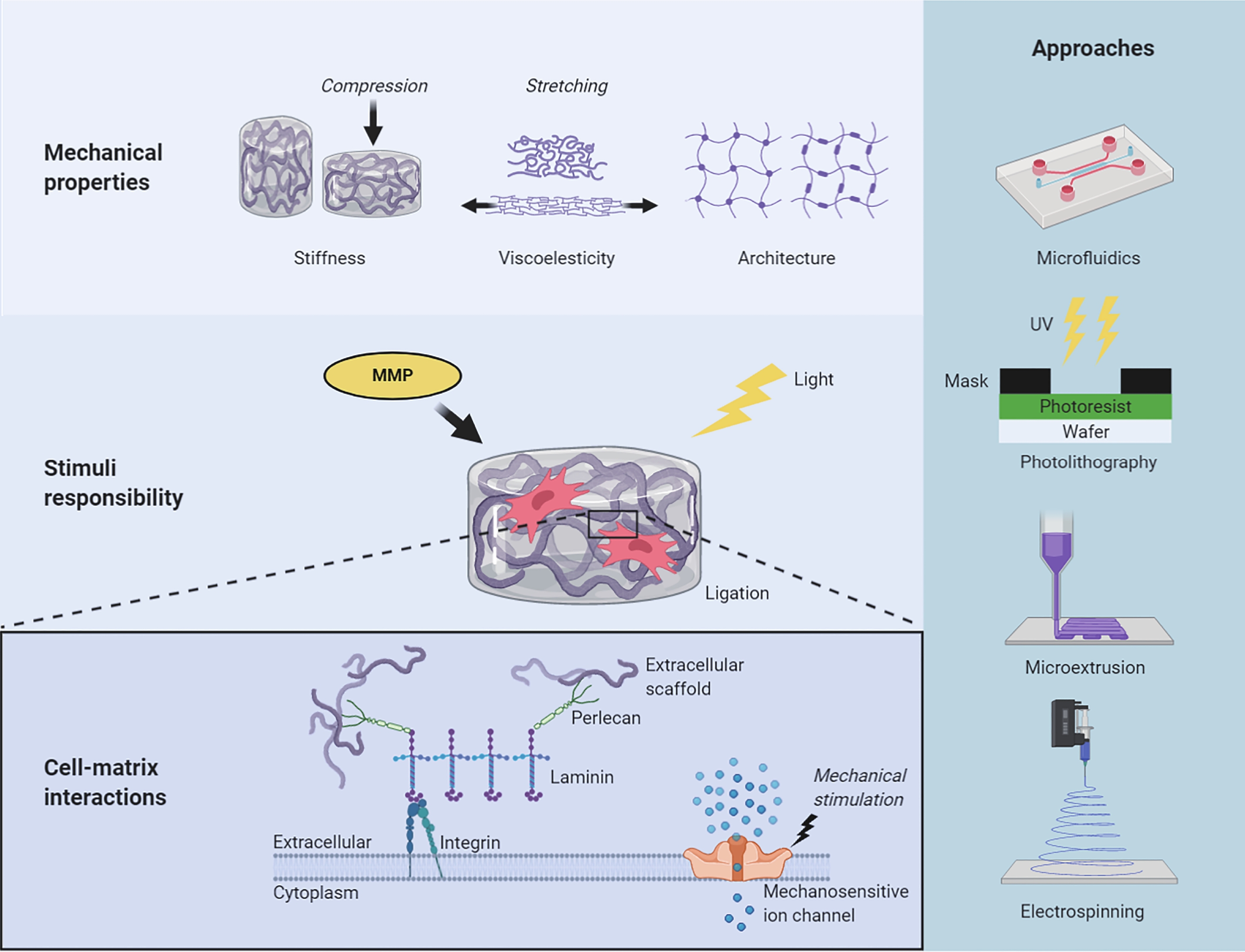
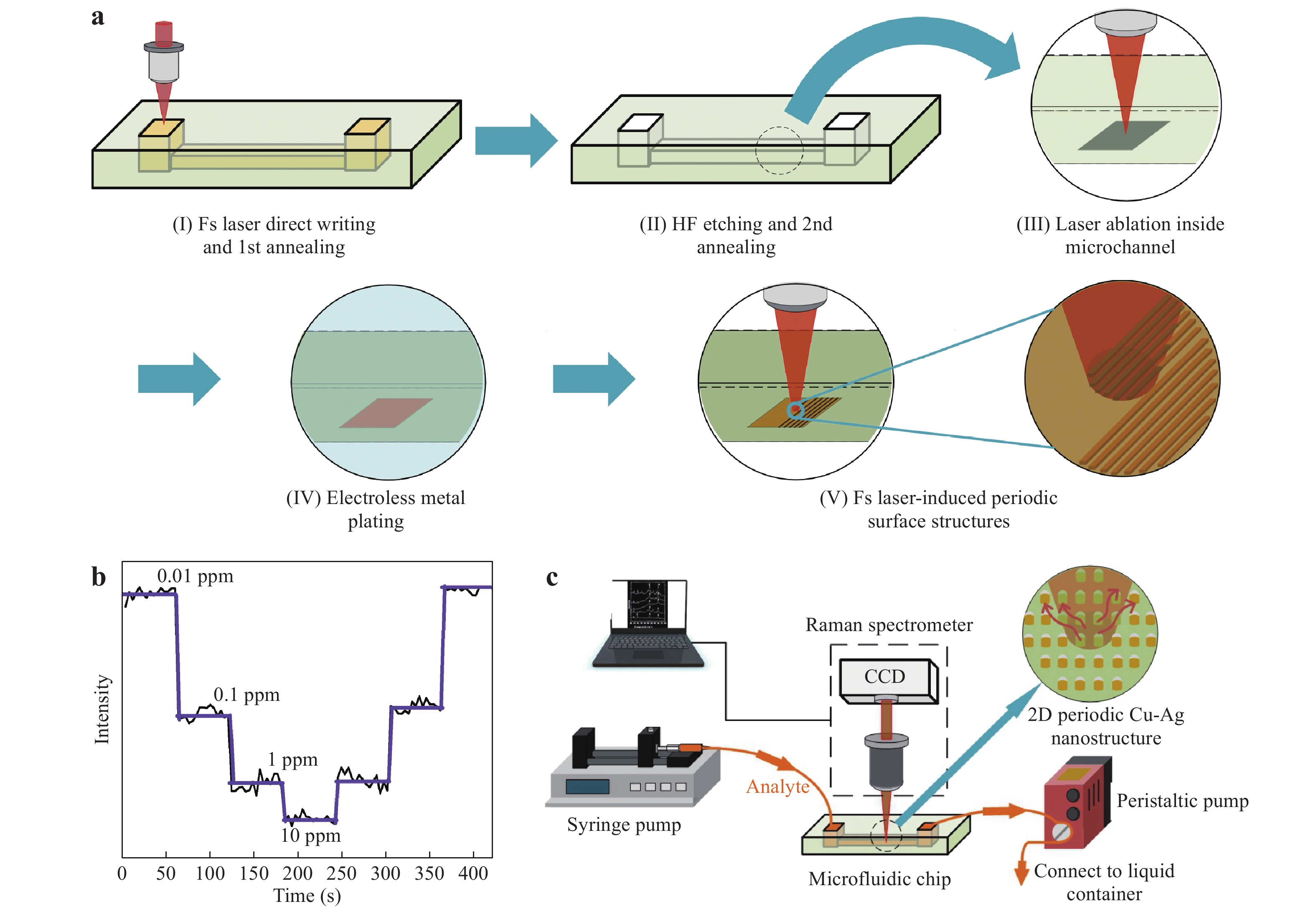
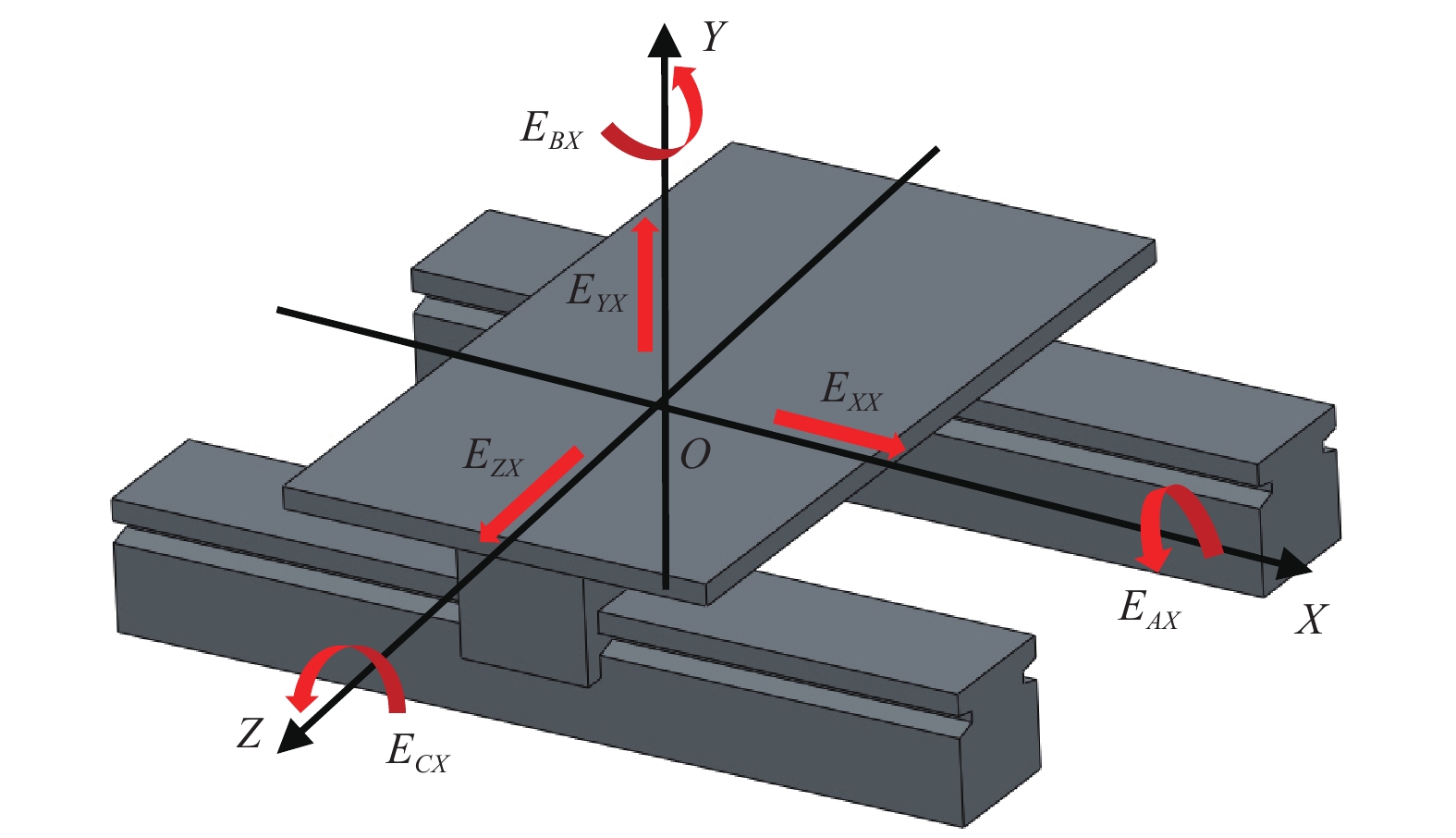

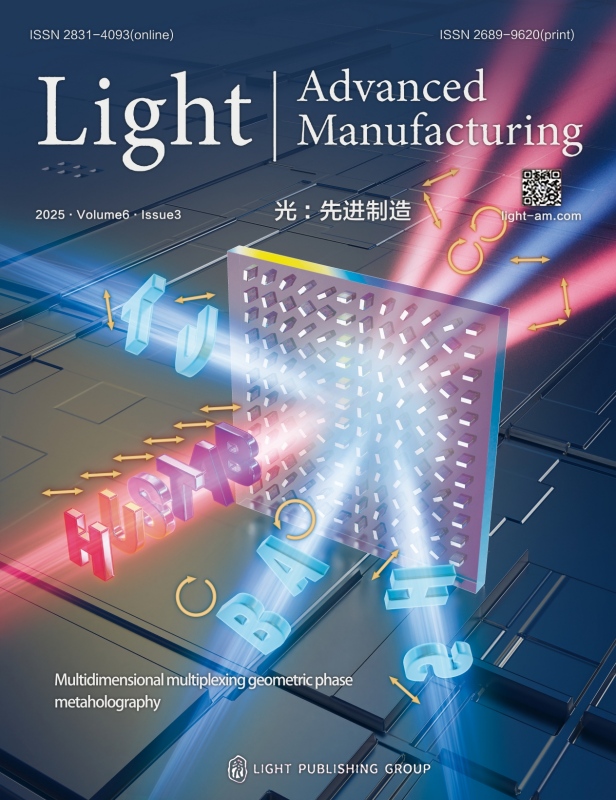

 Email
Email RSS
RSS